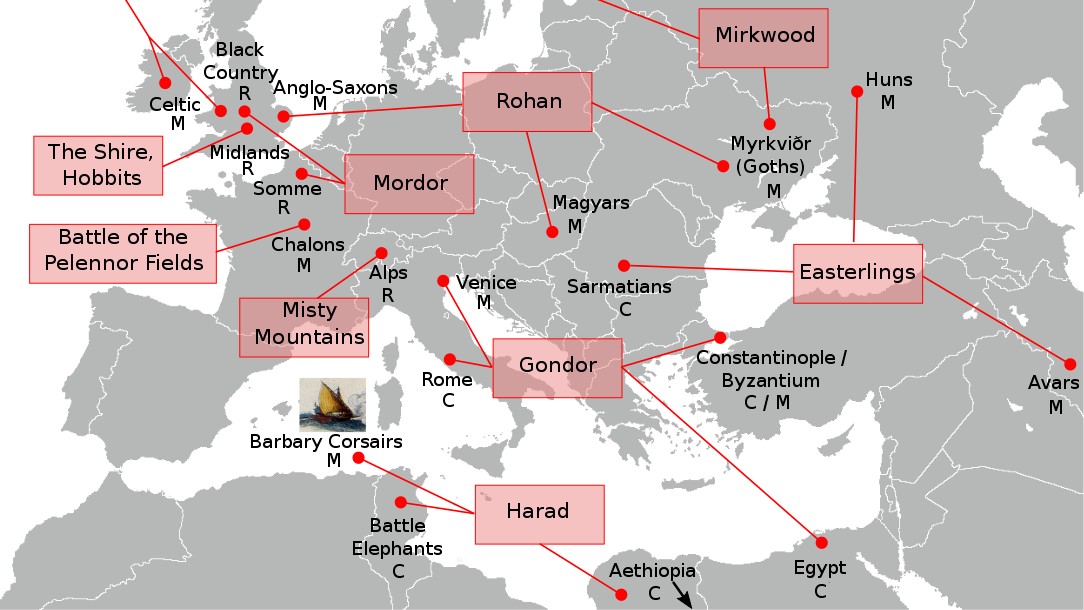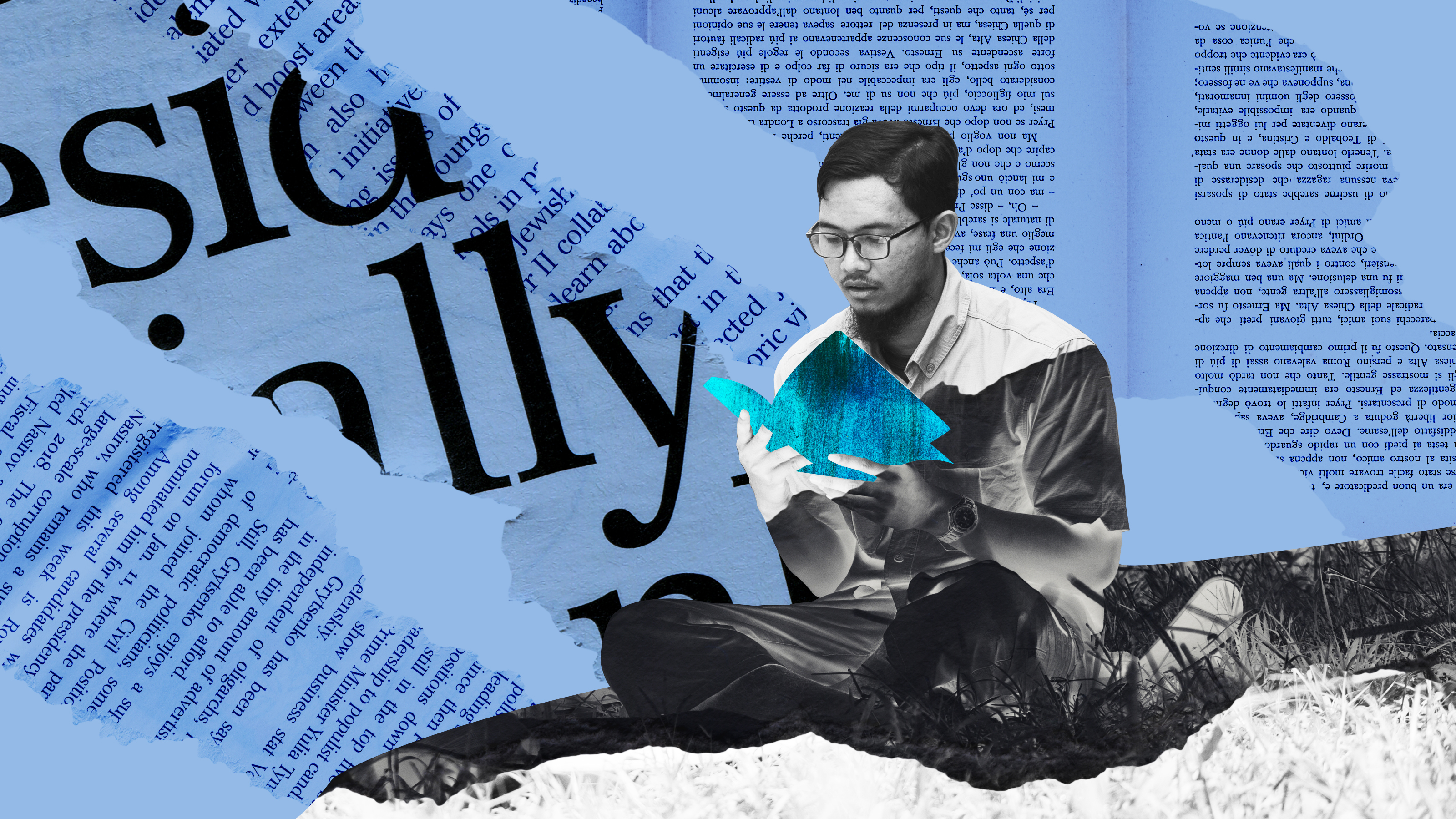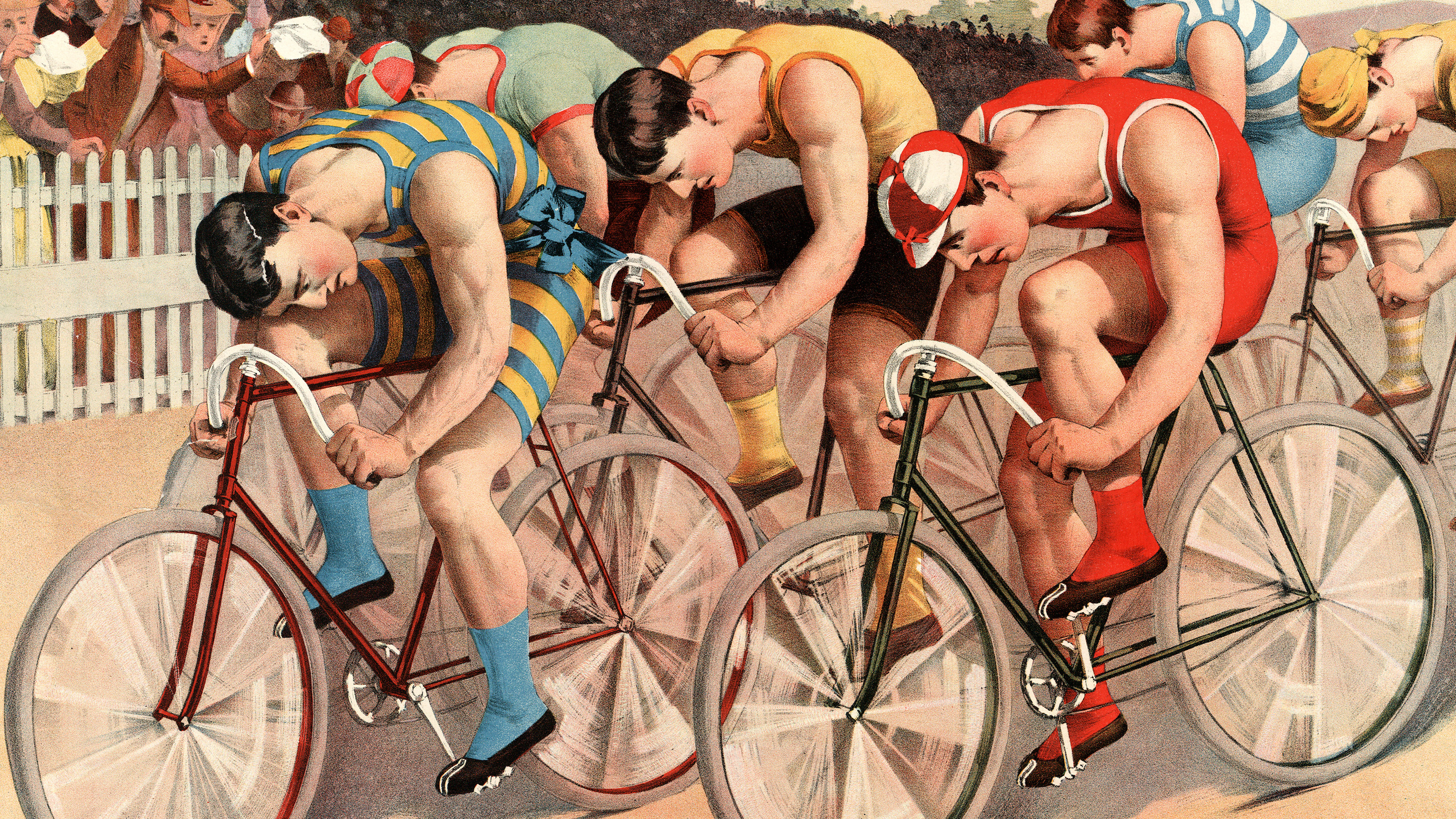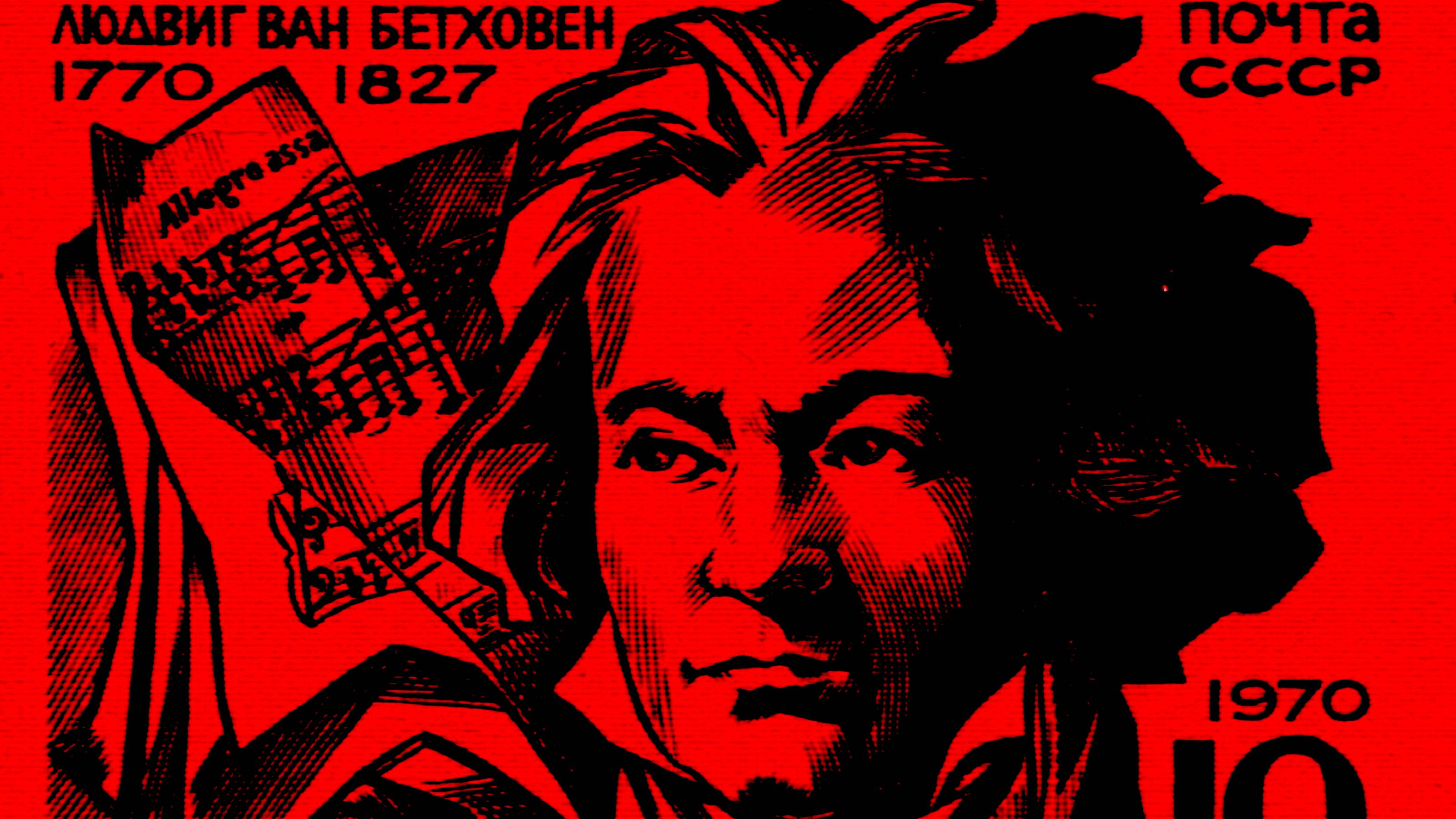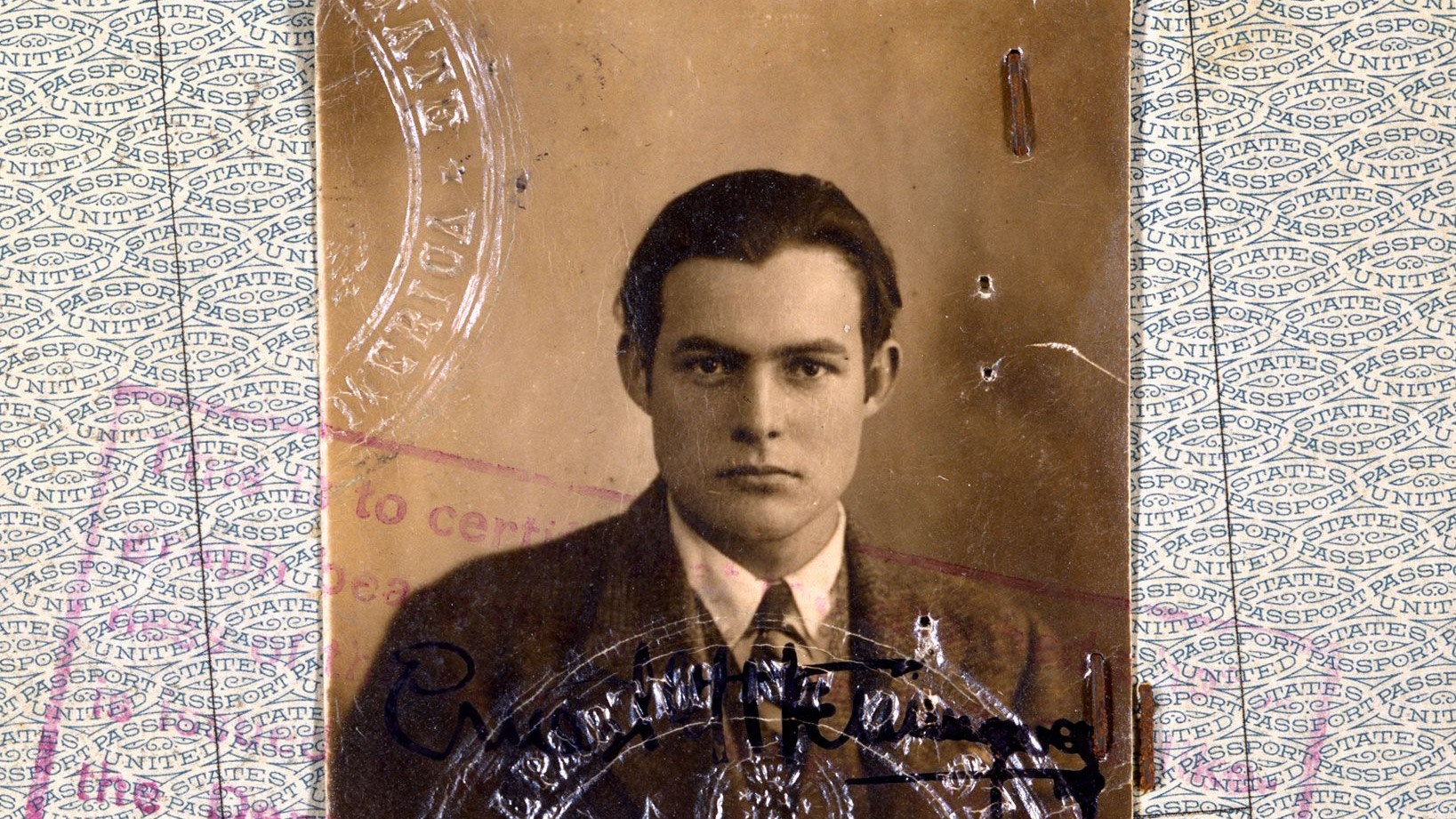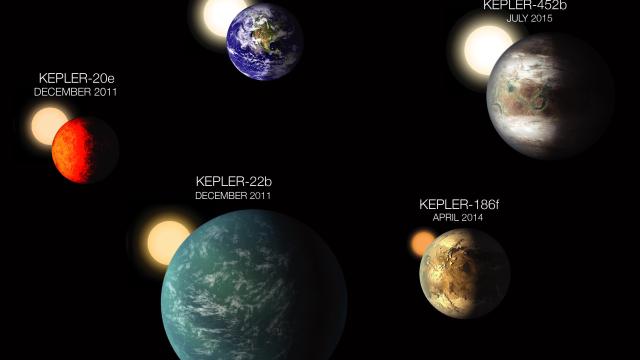4 disturbing classical music pieces based on history’s darkest moments
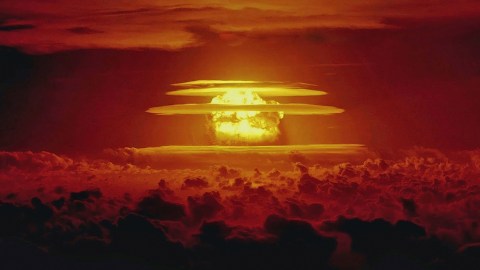
- Music has the potential to be more beautiful — and horrifying — than any other art form.
- Scarier than horror movie soundtracks are compositions inspired by history’s greatest tragedies.
- From the bombing of Hiroshima to the 2001 attacks on the World Trade Center, here are four examples.
Music, as the philosopher Arthur Schopenhauer once argued, resonates with us on a deeper level than any other art form. Talented composers can impart a sense of unutterable joy—and also evoke indescribable fear.
Some of the most famous examples of scary music were written for horror movies. Horror scores frequently employ leitmotifs, where recurring themes are used to signal the presence of a monster, as well as techniques like “Mickey Mousing,” in which the music is synchronized with the actions of a character. For the infamous shower scene in Alfred Hitchcock’s Psycho, composer Bernard Hermann used stinger chords, produced by violinists playing sharp tones whose rough texture matches that of a human scream and activates the same mechanisms in our brain.
The terrifying scores of genre-defining horror movies The Exorcist and The Shining were inspired by Krzysztof Penderecki’s 1961 classical music composition “Polymorphia” and the Polish avant-garde movement from which it originated. “Polymorphia,” as explained in a video from the YouTube channel Sound Field, combines sound masses with tone clusters to create an overwhelming cacophony of noise that is as disorienting as it is unnerving. The resulting soundscape, Sound Field notes, “helped take The Exorcist to a demonic dimension.”
But these scores, though terrifying, are nothing compared to the classical music compositions on this list, each of which was inspired by—and composed to channel the emotions of—some of the deadliest and most tragic events in human history. While many employ the same compositional techniques discussed above, their true power lies in their relationship with their subject and the way they bring it to life.
Where other types of media tend to capitalize on real-world tragedies (think how true crime dramatizes and even mythologizes the crimes of serial killers), music is almost always a tribute, a commemoration of the victims, and a condemnation of their assailants. (To understand why this is so, ask Schopenhauer.) More importantly, the classical music compositions on this list sustain the memory of events that risk becoming forgotten as they move further and further into the past.
Krzysztof Penderecki’s “Threnody to the Victims of Hiroshima”
Penderecki, the same Penderecki who composed “Polymorphia,” was born in 1933 in Dębica, a small town in southeastern Poland. Having grown up in the middle of the Second World War, the music he went on to create is rooted in the atrocities he witnessed in his teens: the joint Nazi and Soviet occupation of Poland, the Holocaust, and post-war oppression under the Soviet Union.
“Threnody to the Victims of Hiroshima,” composed in 1960 and broadcast over Radio Warsaw the following year, is dedicated to those who were killed by the first-ever wartime usage of a nuclear weapon, detonated by the United States on August 6, 1945. Penderecki’s “Threnody,” like his “Polymorphia,” features tonal clusters to overwhelm the listener in the same way humanity was overwhelmed by the unimaginable power of the bomb. Penderecki wasn’t the first classical music composer to employ clusters, but he did take them to the next level. In Warsaw’s Experimental Electronic Music Studio, he was able to group together a greater number of tones than his predecessors. As with the bomb, technology opened up a (musical) world of terrifying possibilities.
A string player, Penderecki limited his orchestra to violins, violas, cellos, and double bases. As a result, “Threnody” greatly resembles the music from the Psycho shower scene, and produces the same effect; the dissociated screeches of nearly a hundred instruments mimic not just the explosion of the atomic bomb itself, but the screams of the thousands of people on which it landed.
Steve Reich’s WTC 9/11
“It was like the twisted steel of Berlin, Cologn,e and Tokyo come to rest four blocks from where we live.” Those are the words that American composer Steve Reich used to describe the impact that the 9/11 terrorist attacks on the Twin Towers had on him. Born to Jewish parents in New York City, Reich was not in the city when the planes struck, but his son, granddaughter, and daughter-in-law were. On a visit to Vermont, he waited six hours before receiving confirmation that his family was able to leave Manhattan unscathed.
Known for his work with “found sound,” Reich incorporated sound recordings from the attack into his composition, including phones left off the hook, firemen on the streets, traffic controllers trying to make sense of the situation, and eyewitnesses recounting the events years later. Reich’s so-called “speech melody” is accompanied by a string quartet that—as in horror films—imitates and reacts to the recordings. The quartet does not represent the actual planes so much as it captures the shock and dread that followed their impact. To listen to Reich’s “WTC 9/11” is to place yourself in the shoes of those fleeing to and from the scene, wondering when the towers will collapse.
The composition explores multiple interpretations of the abbreviation WTC, one of which is “world to come,” as related to Judaism. In addition to recordings of Ground Zero, Reich samples the voices of women performing Shmira, a traditional Jewish practice in which the living watch over the bodies of the deceased while reciting psalms and biblical passages. This practice has two purposes, one practical and one spiritual: to protect the bodies from animals and insects and to accompany the soul until burial. The voices of the women who accompanied the victims of 9/11—a process that lasted seven months due to difficulties in DNA identification—can be heard in the composition’s third movement, as can a cantor from a New York synagogue. These inclusions imbue the music with hope as well as anxiety. “The world to come,” composer David Lang, a friend of Reich, says near the end of the composition. “I don’t really know what that means.”
Charles Davidson’s “I Never Saw Another Butterfly”
The Holocaust has inspired countless horrifying classical music compositions, from Michael Horvitz’s “Even When God Is Silent,” its text written on a wall by someone hiding from the Gestapo, to Oskar Morawetz’s “From the Diary of Anne Frank: Oratorio for Voice and Orchestra,” with excerpts from the famous diary. Also worth noting, if only for its cultural impact, is the unforgettable theme of Steven Spielberg’s film Schindler’s List which, written by the Oscar-winning composer John Williams, laments the inhumanity of the Nazis.
Charles Davidson’s “I Never Saw Another Butterfly” is based on poems written by Jewish children held at Theresienstadt ghetto, a holiday resort north of Prague converted into a labor camp and gateway to extermination camps. Intended for a small children’s choir, the composition is eerie enough on its own, but even more so if you know its historical context. During the Second World War, Theresienstadt—which contained mostly children and old people—helped maintain the Nazi lie that Jews deported from Germany were put to work in the East, rather than slaughtered en masse in gas chambers. Of the 15,000 children imprisoned in the ghetto, only 100 survived.
Featured in two award-winning PBS documentaries, “I Never Saw Another Butterfly” is one of the most frequently commissioned pieces of Holocaust-inspired music. It is regularly performed by synagogues and cantors, as well as secular organizations. After the collapse of the Soviet Union in 1991, it was performed in Theresienstadt in front of an audience of Holocaust survivors to mark the ghetto’s 50th anniversary.
The Caretaker’s “Everywhere at the End of Time”
Perhaps the single most terrifying composition on this list, “Everywhere at the End of Time” is not based on a horrific historical event, but a horrific human experience—one that’s been in the news quite a lot lately thanks to the development of experimental possibly game-changing medication: Alzheimer’s disease.
Leyland James Kirby, also known as The Caretaker, released “Everywhere at the End of Time” as his 11th and final recording. It is best described as a degrading loop of grainy ballroom music played through a gramophone. Across several hours, Jazz Age and Roaring Twenties numbers—tinted with bittersweet nostalgia—gradually corrode into incoherent white noise, mimicking the effects of memory loss. “Stuck somewhere between dreamlike and deathly,” to cite one Pitchfork reviewer, “the glory of old age and recollection” gives way to the soundscape equivalent of a barren wasteland—a place where there is sound but not music.
Kirby’s composition is horrifying in part because it is informed by dementia studies. “Everywhere at the End of Time” moves through the different stages of the disease just like a person and their loved ones would. The songs at the start of the album are so serenely pleasurable that it’s easy to get lost in them. Kirby wants you to doze off enveloped in a comfortable, familiar haze, only to awaken in a world that’s been rendered completely unrecognizable.
